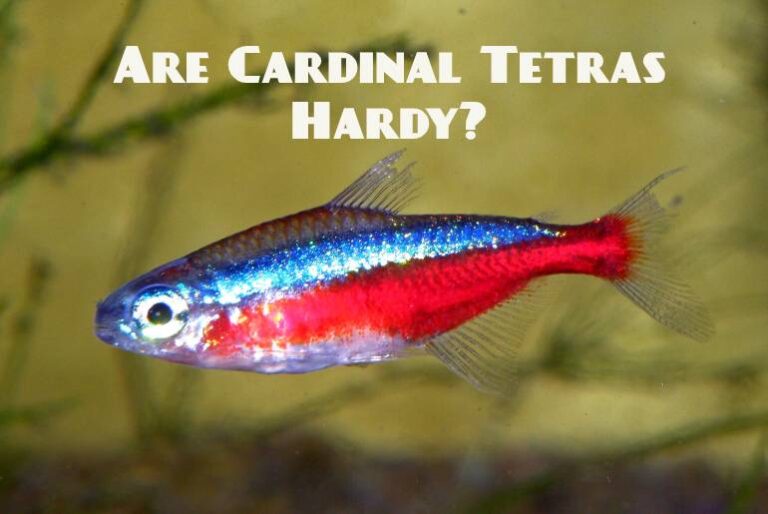

Neon Tetras are a great choice if you’re looking for a lively and active fish. Just be sure to provide them with plenty of space and keep the water clean. If you’re looking to raise some of your own Neon Tetras, breeding them is a great way. This means that you will need to provide them with plenty of space and keep at least 6 fish in the tank. When breeding Neon Tetras, it’s important to remember that they are schooling fish. The eggs will hatch in about 2-3 days, and the fry will be ready to eat once they’ve reached 1/2 inch in size.

Once the fish have spawned, you will need to remove the eggs and place them in a separate container filled with clean water. You can do this by using an ice pack or placing the tank in a more relaxed house area. To trigger spawning, you will need to lower the water temperature by about 5 degrees Fahrenheit. If you want to increase your chances of success, it’s important to keep the tank water clean and well-oxygenated.

Neon Tetras are known for their prolific breeding habits and can often be bred in the home aquarium. This can be done by adding artificial plants or creating caves out of rocks. To breed Neon Tetras, you will need to provide them with many hiding places. For this reason, it’s best to keep them in a large tank with plenty of open space. If you’re looking to breed Neon Tetras, it’s important to keep in mind that they require a lot of space. This is why it’s important to provide them with a clean and stress-free environment, as any internal issues will be visible. Neon Tetras have a translucent body, which allows you to see their internal organs.
#NEON TETRA TEMPERATURE FULL#
Females also have a rounder belly when they are full of eggs. Females are typically larger with a duller blue coloration. Males are typically smaller than females and have a brighter blue coloration. While they look similar, males and females can be distinguished by their size and coloration. Lastly, they have a long dorsal fin and a small anal fin. Most of their head is taken up by their large eyes.įor Cardinal Tetras, it is the same thing but with an orange hue instead of blue. Their bodies are thin and streamlined, making them fast swimmers. Because of this, they are sometimes called “Blue Neon Tetras.” Their belly is typically white or silver. It’s believed that the colors of a Neon Tetra serve as a warning to predators that they are poisonous.īelow the blue stripe, a black line extends to the end of their tail. This gives them their name, as neon is another word for iridescent.Ī shiny blue stripe extends from the gills to the start of their tail fin. However, the most distinct aspect of their appearance is their iridescent blue scales. They also have a black spot on their dorsal fin. Neon Tetra AppearanceĪs for their appearance, Neon Tetras are beautiful fish. It’s important to keep in mind that some things, like tank size and water quality, are beyond your control. You should always aim to provide the best possible care for your fish to ensure they live a long and healthy life. This is on average, and there are cases where they have lived up to 12 years. You can expect a Neon Tetra to have 5-10 years.

It’s essential to have a tank that can accommodate their full size, as they will not do well in a cramped environment. However, bred in captivity, Neon Tetras have a faster growth rate. As for the growth rate, Neon Tetras grow relatively slowly. They typically grow to be 2.5-3.5 cm long. When it comes to size, Neon Tetras are small fish. Neon Tetra fish are susceptible to water quality and temperature changes, so it is essential to acclimate them slowly to their new home. While most of the fish sold are wild-caught, a few are bred in captivity. Many, but avoid fish that are larger or nippy Neon Tetra do well with other peaceful fish Neon Tetras do best in soft water with a low to moderate level of hardness They are very active and playful fish and can be entertaining to watch Orinoco and Negro Rivers in South America Disadvantages Of Having Neon Tetra In Your Tank.Advantages Of Having Neon Tetra In Your Tank.


 0 kommentar(er)
0 kommentar(er)
